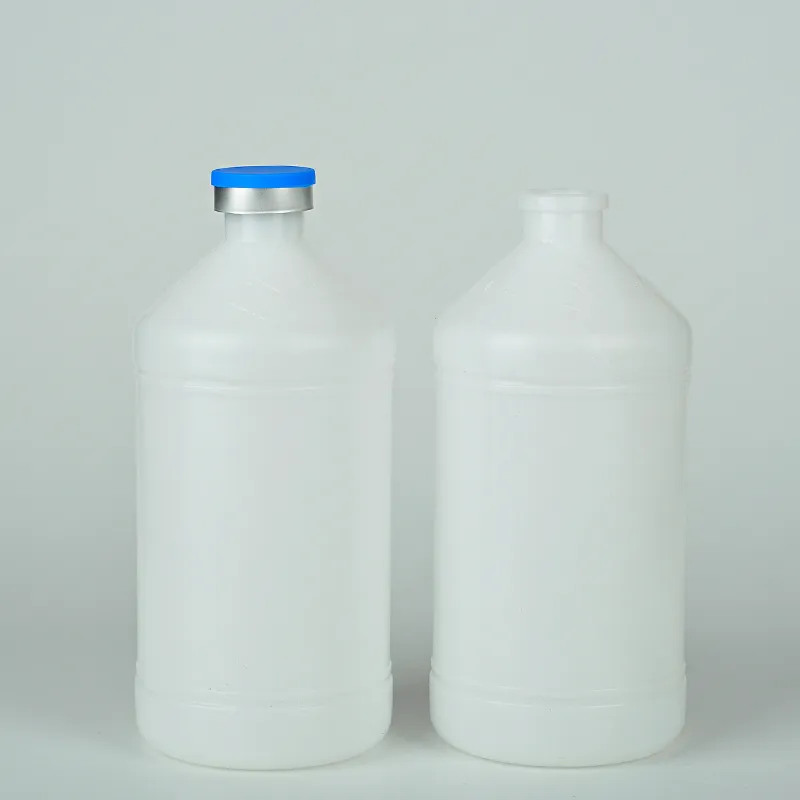serum clot tube
Understanding Serum Clot Tubes A Vital Tool in Clinical Laboratories
Serum clot tubes, commonly referred to as serum separator tubes (SST), play a crucial role in clinical laboratories for the collection and processing of blood samples. These specialized tubes are designed to facilitate the separation of serum from blood clots, ensuring accurate and reliable test results.
Composition and Structure
Typically, serum clot tubes are made of glass or plastic and contain a gel separator that sits at the interface between the serum and the clot once the blood has been allowed to coagulate. They are usually colored with a distinct stopper, most commonly yellow or gold, indicating their specific function. The gel acts as a barrier, preventing contamination of the serum sample with cellular components, thus preserving its integrity for analytical testing.
The Collection Process
The collection of blood using serum clot tubes is a straightforward yet crucial process in laboratory diagnostics
. Once blood is drawn through venipuncture, it is transferred into the serum clot tube, where it naturally coagulates over a period, which typically ranges from 30 minutes to 1 hour. After coagulation, the tube is centrifuged, which facilitates the separation of the serum from the blood cells and clot. This process enables laboratory technicians to obtain a clear serum sample for various assays, including biochemical, immunological, and hormonal tests.serum clot tube

Applications in Diagnostics
Serum clot tubes are versatile and are widely used in numerous diagnostic applications. They are essential for routine tests like serum creatinine, liver function tests, lipid profiles, and others. The integrity of serum samples obtained from these tubes is critical, as any contamination can lead to erroneous test results, potentially impacting patient diagnosis and treatment.
Best Practices
To ensure the best results, it’s essential to follow certain best practices when using serum clot tubes. Blood should be drawn using proper sterile techniques to avoid contamination. After collection, the tubes should be gently inverted several times to mix the clotting activator with the blood, promoting even coagulation. Additionally, timely processing of samples is crucial to maintain serum quality, with analysis ideally performed within a few hours after the samples have been centrifuged.
Conclusion
In conclusion, serum clot tubes are a fundamental component of blood collection and processing in clinical laboratories. Their design and function facilitate the reliable separation of serum, allowing for accurate diagnostic testing. Proper use and handling of these tubes are vital to ensure optimal patient care and clinical outcomes. As healthcare continues to advance, the importance of such tools in diagnostics will remain ever significant.
-
Aesthetic Makeup Spray Bottles | Fine Mist Empty RefillableNewsAug.19,2025
-
White Plastic Veterinary Vaccine Vials | Lab Liquid BottlesNewsAug.18,2025
-
Plastic Medicine Liquid Bottle: Secure Flip Top Drug VialsNewsAug.17,2025
-
Durable 250ml Blue Plastic Vaccine Vial for Lab & Vet UseNewsAug.16,2025
-
Sterile Virus Sample Tubes: Secure & Reliable Specimen CollectionNewsAug.15,2025
-
White 250ml Plastic Vaccine Vial for Lab & Vet MedicineNewsAug.14,2025
























